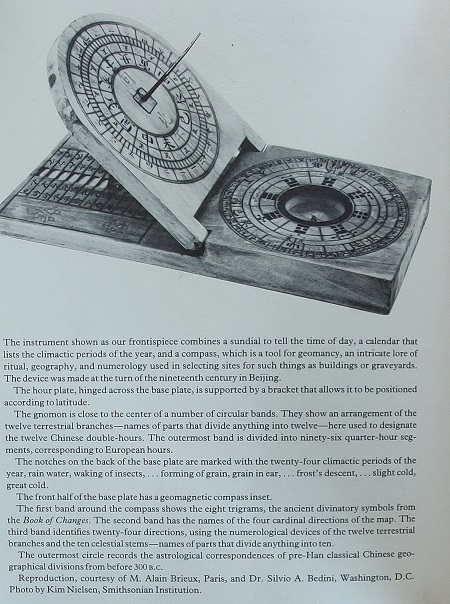Table 1: examples of prime numbers in magic squares
This discussion of the occurrence of prime numbers in magic squares will mostly be limited to magic squares that can be constructed with the following formula and the resultant cruciform of odd numbers:
Table 2: The Luo Shu, formula, and cruciform of odd numbers
4
|
9
|
2
|
Y-1
|
X2
|
Y-X
|
4
|
9
|
2
| ||
3
|
5
|
7
|
X
|
Y
|
2Y-X
|
3
|
5
|
7
| ||
8
|
1
|
6
|
X+Y
|
1
|
Y+1
|
8
|
1
|
6
| ||
3X3 magic square
|
formula
|
cruciform of odd #'s
| ||||||||
Magic squares based on the above formula are called magic squares in the Luo Shu format. X will always be located to left of center and will equal the order of the square; Y will always represent the center number. When magic squares are constructed in this manner, a unique Pythagorean triplet of numbers appears at the heart of the square involving the odd numbers, X and Y.
Table 3: The Luo Shu and Pythagorean Triplets
cycle of
|
Pythagorean
|
Pythagorean
| ||||||
Luo Shu
|
Triplets
|
Theorem
| ||||||
X
|
Y-1
|
Y
|
X2 + (Y - 1)2 = Y2
| |||||
1
|
3
|
4
|
5
|
9 + 16 = 25
| ||||
2
|
5
|
12
|
13
|
25 + 144 = 169
| ||||
3
|
7
|
24
|
25
|
49 + 576 = 625
| ||||
4
|
9
|
40
|
41
|
81 + 1600 = 1,681
| ||||
5
|
11
|
60
|
61
|
121 + 3600 = 3,721
| ||||
6
|
13
|
84
|
85
|
169 + 7,056 = 7,225
| ||||
7
|
15
|
112
|
113
|
225 + 12,544 = 12,769
| ||||
Another feature of magic squares based on this formula is that a cruciform of odd numbers runs through the horizontal and vertical axis of the square.
Table 4: Higher Order Luo Shu magic squares, Pythagorean triplets, and the cruciform of odd numbers
This post will examine two considerations of prime numbers that occur in magic squares in the Luo Shu format:
- The sum total of all the prime numbers (∑ primes) in the first four magic squares in the Luo Shu format, and,
- The sum total of all the prime numbers in the cruciform portion
(∑ cruciform primes) of the first four magic squares in the Luo Shu format.
The sum total will then be broken down to the basic common denominators that compose the number.
Table 5: Sum of Prime Numbers in Luo Shu Magic Squares
Table 5: Sum of Prime Numbers in Luo Shu Magic Squares
magic square
|
∑ primes
|
broken down
|
∑ cruciform primes
|
broken down
| |
3x3
|
17
|
17
|
15
|
5*3
| |
5x5
|
100
|
(5*2)2
|
61
|
61
| |
7x7
|
328
|
41*23
|
208
|
13*24
| |
9x9
|
791
|
113*7
|
305
|
61*5
|
A center number from each magic square is a component of the number that represents a total sum (with the exception of a sum that is prime and not a centered number). Whether it is the total sum of all the prime numbers in a magic square or the total sum of the prime numbers that occur just in the cruciform portion of the magic square that is to be considered, one will discover a “centered” number that is a component of the total entity.
The only center number (25) not represented is from the 7x7 magic square (in the Luo Shu format), however; it really is represented as 52. Therefore, the 3x3, 5x5, 7x7, and 9x9 magic squares all have prime numbers whose total sum and/or cruciform sum have numerical components that correspond to the center numbers of all of the magic squares from order 3 to order 11 and order 15.
Conclusion
There exists a relationship between magic squares in the Luo Shu format and prime numbers. This relationship has mostly to do with the sum of prime numbers and the center number of magic squares in the Luo Shu format.
Magic squares in the Luo Shu format:
Magic squares in the Luo Shu format:
- Are based on a formula
- Reveal a Pythagorean Triplet of numbers
- Reveal a cruciform of odd numbers
- Reveal a relationship to prime numbers
- Form a three dimensional torus
- Are symmetrical, that is, any two numbers equidistant from the center add up to the same number













